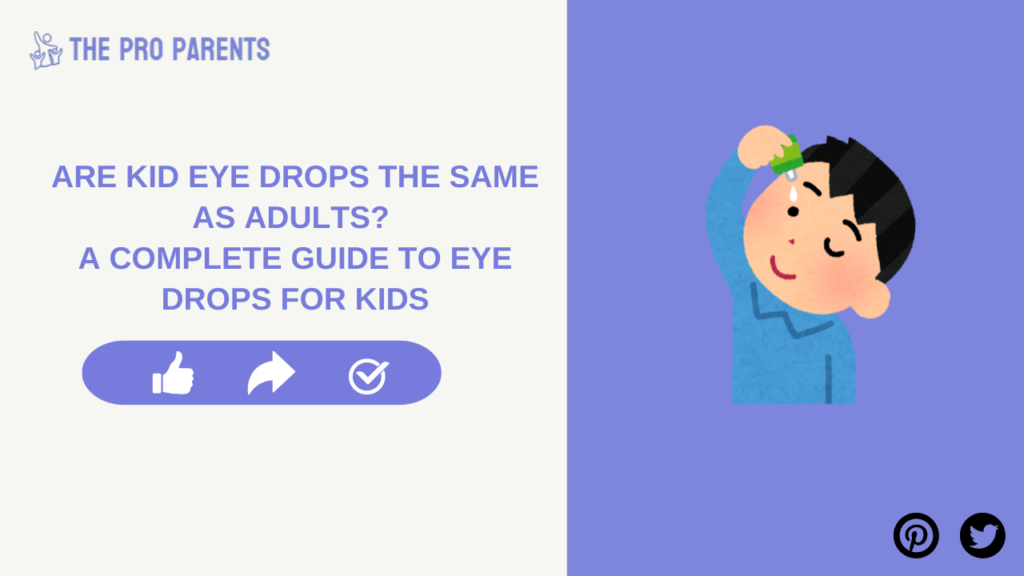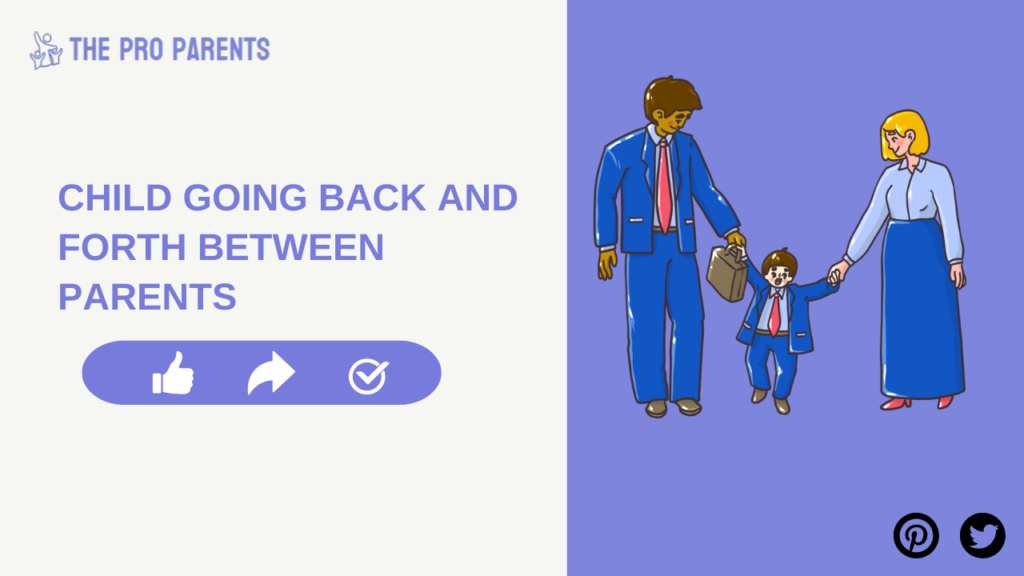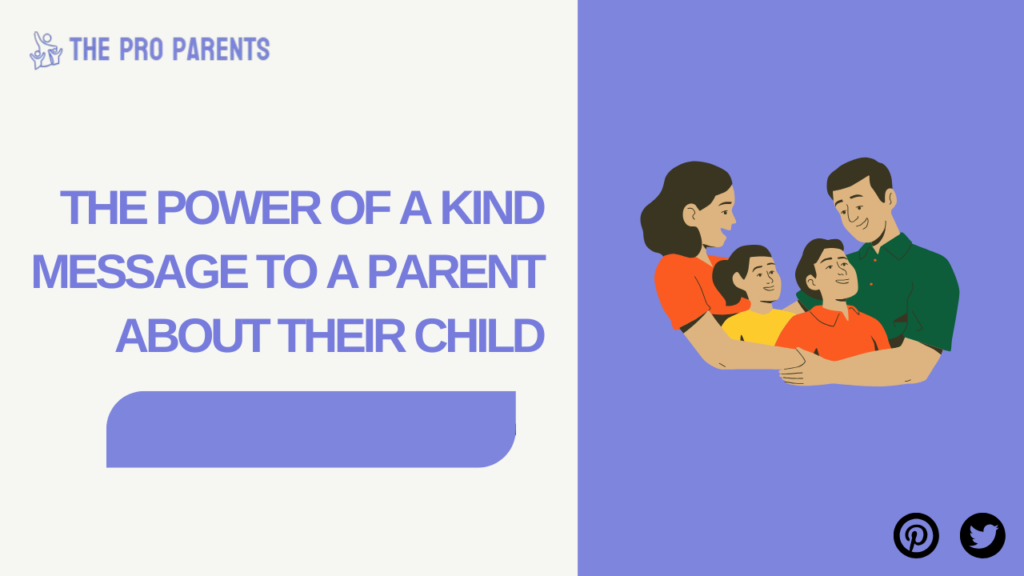Eye health is crucial for everyone, but when it comes to children, maintaining healthy eyes becomes even more important. Whether it’s managing dryness, addressing allergic reactions, or treating eye infections like conjunctivitis, parents and caregivers are often left with a common question: Are kid eye drops the same as adults?
Table of Contents
This question is valid, as the safety of children’s eyes requires careful consideration. Applying the wrong type of eye drops can lead to discomfort, irritation, or even worse, long-term eye issues. The good news is that kid eye drops are specifically designed to cater to the delicate nature of children’s eyes, and they differ from adult eye drops in several crucial ways. In this comprehensive guide, we will explore all you need to know about eye drops for kids, their differences from adult formulations, safety considerations, and how to use them effectively for various conditions.
Are Kid Eye Drops the Same as Adults?
No, kid eye drops are not the same as adult eye drops. While they may appear similar in packaging, there are significant differences between the two. These differences arise from the distinct needs of children’s eyes, which require gentler, safer formulations to avoid adverse effects.
Here are the key aspects in which kid eye drops differ from adult eye drops:
1. Composition and Active Ingredients
Eye drops for kids are specifically formulated with milder active ingredients. Children’s eyes are more sensitive and prone to irritation, which is why the ingredients in their eye drops are designed to be gentler. For instance, many adult eye drops for redness relief contain chemicals like tetrahydrozoline, which can dry out or irritate a child’s sensitive eyes.
In contrast, eye drops for kids typically focus on soothing and hydrating the eyes. They often use preservative-free formulations and incorporate ingredients that mimic natural tears to help maintain moisture without causing irritation. This makes them a safer choice for children, who may be more prone to side effects from stronger adult formulations.
2. Dosage and Concentrations
The concentration of active ingredients in adult eye drops is generally higher than in kid eye drops. Adult eye drops often contain stronger doses of active ingredients, which are suitable for adults but may be too potent for children.
Kid eye drops, however, are designed with a lower concentration to ensure that children receive the correct dosage without overloading their developing system. This reduces the risk of side effects and ensures that the drops are effective while remaining gentle.
3. Safety Considerations
Safety is paramount when choosing between kid eye drops and adult eye drops. Some ingredients that are safe for adults may not be safe for children. For example, many adult eye drops contain preservatives like benzalkonium chloride, which may cause irritation or sensitivity in children’s eyes.
Moreover, certain medications, such as brimonidine (used in glaucoma treatments), can have serious side effects in children if absorbed into the bloodstream. Eye drops for kids are formulated to avoid such risks, making them a safer option for children with delicate eyes.
Why Does It Matter?
Using the wrong type of eye drops can result in adverse reactions, including eye irritation, allergic responses, and potentially more severe health complications. That’s why it’s critical to use eye drops for kids that are specifically designed to meet their unique needs. Always consult a pediatrician before using any eye drops for your child to ensure that you are selecting the safest and most effective option.
Understanding Eye Drops for Kids
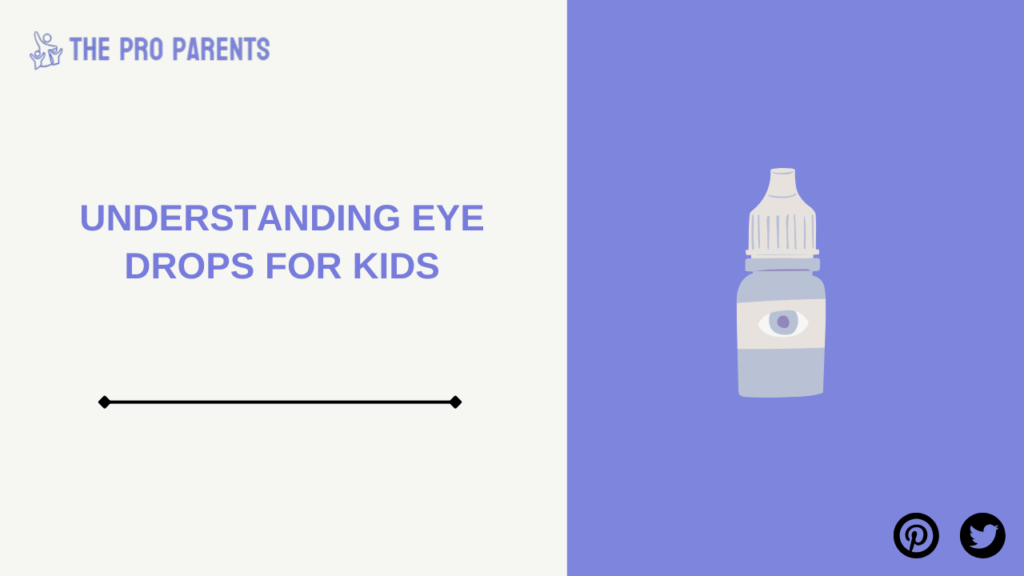
Eye drops are used for various eye conditions, ranging from minor irritation and dryness to more serious eye infections. Eye drops for kids are designed to treat a wide range of conditions while ensuring safety and effectiveness. It is essential for parents to understand the different types of eye drops available and how to choose the right one for their child’s needs.
Types of Eye Drops for Kids
There are several different types of eye drops for kids, each formulated to address specific concerns. Here are some common types:
1. Lubricating Drops
Lubricating eye drops are commonly used to treat dry eyes. They are often caused by environmental factors like dust, air conditioning, or long periods of screen time. These eye drops are designed to mimic the natural moisture of the eye, providing relief from irritation and preventing further dryness. Most lubricating eye drops for kids are preservative-free, making them a safer choice for young eyes.
2. Antihistamine Drops
These eye drops are perfect for kids with seasonal allergies. They help to reduce redness, itching, and swelling caused by allergens like pollen, pet dander, or dust. Antihistamine eye drops for kids are usually milder than those designed for adults, ensuring that children receive the relief they need without the risk of side effects.
3. Antibiotic Drops
If a child has a bacterial eye infection like conjunctivitis (commonly known as pink eye), antibiotic eye drops prescribed by a pediatrician can help treat the infection. These drops are more potent than over-the-counter options and are often needed to prevent the infection from spreading or worsening. Always consult a healthcare provider before using antibiotic eye drops, as improper use can lead to complications.
Prescription vs. Over-the-Counter Eye Drops
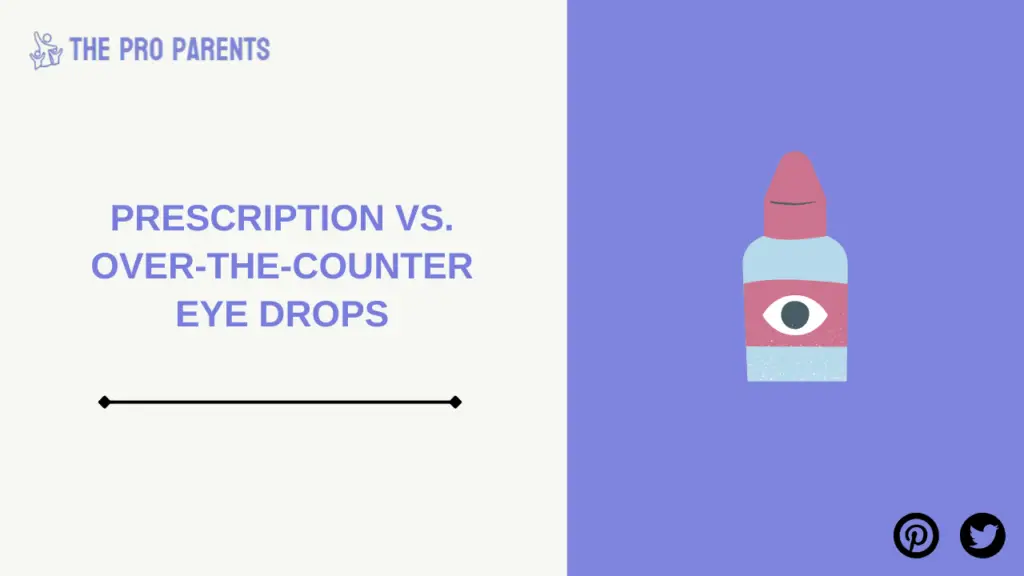
While some eye drops for kids, like lubricating or antihistamine drops, are available over the counter, more potent treatments such as antibiotic or steroid-based drops require a prescription. Parents should avoid using over-the-counter drops that are intended for adults and always consult a healthcare provider before administering any medicated eye drops to children.
Safety Standards for Kids’ Eye Drops
Eye drops for kids undergo rigorous safety testing to ensure that they meet pediatric needs. When selecting eye drops for children, parents should look for products that are specifically labeled for use by children and free from harmful chemicals. The drops should also have a gentle formula that reduces the risk of irritation or allergic reactions.
Can Kids Use Eye Drops?
Yes, kids can use eye drops, but it is important to consider their age and specific condition. For very young children, like infants, it is crucial to consult a pediatrician before using any eye drops. For toddlers and older kids, there are specific formulations available that are both safe and effective.
Age-Appropriate Considerations
Here’s a breakdown of how to approach eye drops for kids based on age:
- Infants: Only use eye drops that have been prescribed by a pediatrician.
- Toddlers and Preschoolers: These children can use lubricating or antihistamine eye drops, but the dosage and frequency must be strictly adhered to.
- Older Kids: With proper guidance, older children can use certain over-the-counter eye drops for kids safely.
Safety Guidelines for Administering Eye Drops
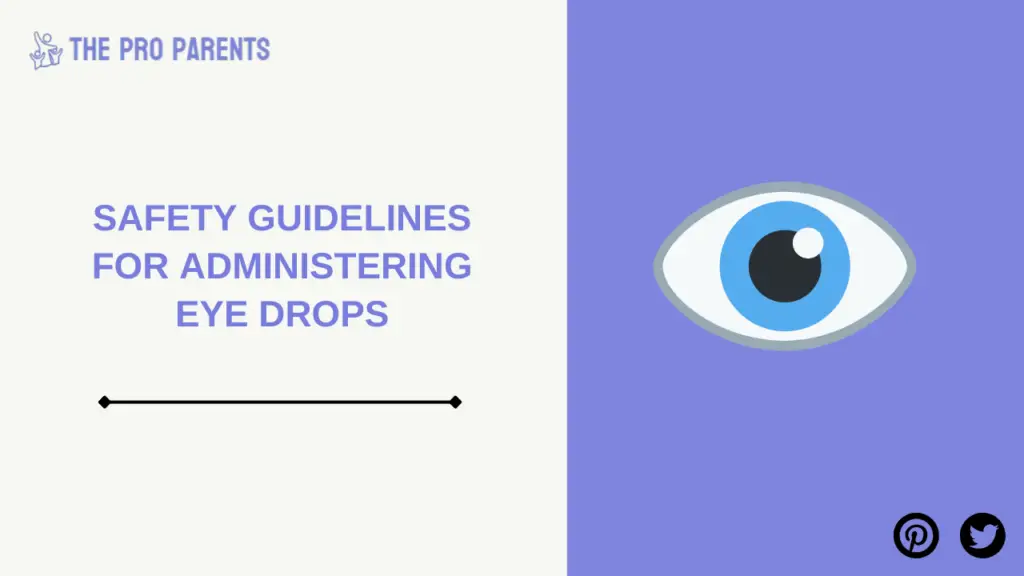
Administering eye drops to children can be challenging, but with the right approach, it becomes easier. Here’s how to ensure that eye drops are applied properly:
- Wash your hands thoroughly before administering the drops.
- Have your child lie down or tilt their head back slightly.
- Gently pull down the lower eyelid to create a small pocket.
- Place the drop in the pocket (not directly onto the eye).
- Encourage your child to blink a few times to spread the medication over the surface of the eye.
By following these steps, parents can ensure that the medication is administered effectively and without unnecessary stress for the child.
Common Scenarios for Using Eye Drops in Kids
Here are a few common situations where eye drops for kids may be necessary:
- Allergies: Seasonal allergies causing itchy or watery eyes.
- Dryness: Eye dryness from screen time or environmental factors.
- Infections: Bacterial or viral infections like conjunctivitis (pink eye), under the guidance of a pediatrician.
Are Eye Drops Safe for Kids?
Yes, eye drops for kids are safe when used appropriately. However, it’s important to use age-appropriate drops, avoid adult formulations, and follow all safety guidelines. Additionally, parents should always be mindful of the potential side effects and consult a pediatrician if they notice any adverse reactions.
Ingredients to Avoid in Kid Eye Drops
Some ingredients should be avoided when selecting eye drops for kids:
- Tetrahydrozoline: Found in many redness-relief drops, this can cause irritation in children’s eyes.
- Benzalkonium Chloride (BAK): A preservative that can be harmful to children’s sensitive eyes.
- Steroid Ingredients: Steroids should only be used under the strict guidance of a healthcare professional, as they can cause long-term side effects.
Best Eye Drops for Kids: What to Look For
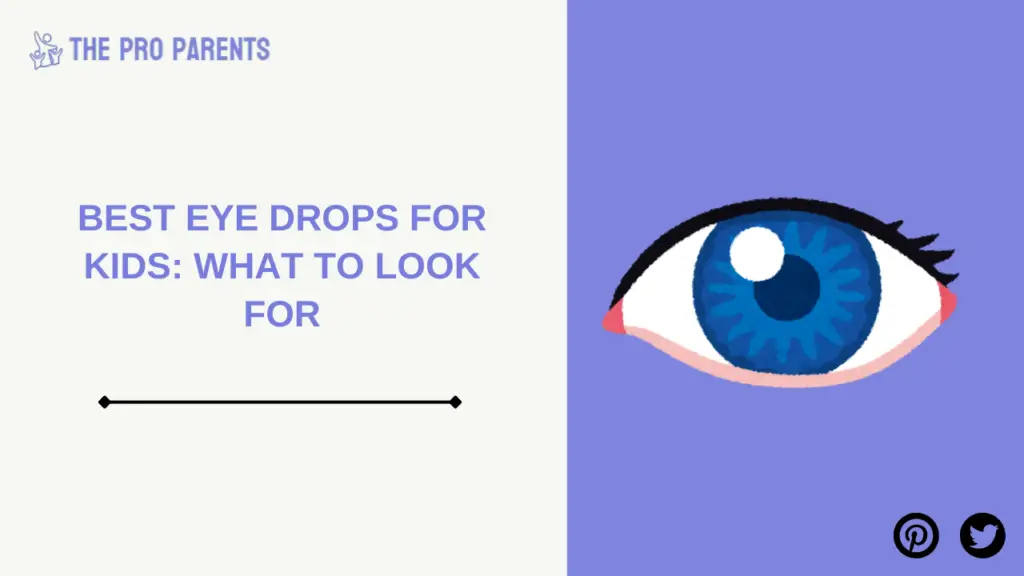
When selecting eye drops for kids, parents should look for these features to ensure safety and effectiveness:
- Preservative-Free: This reduces the risk of irritation.
- Hypoallergenic: Ideal for children with sensitive eyes.
- Gentle Packaging: Smaller bottles with drop restrictors to prevent accidental overuse.
Recommended Brands
- TheraTears® Kids: Safe and mild for children with dry eyes.
- Refresh Optive® Kids: Great for children with sensitive eyes.
- Similasan Kids Allergy Eye Relief: Perfect for kids suffering from seasonal allergies.
Can Toddlers Use Eye Drops?
Yes, toddlers can use eye drops for kids, but it’s essential to choose products that are specifically formulated for their age. Always opt for preservative-free and hypoallergenic eye drops, such as lubricating or antihistamine drops designed for toddlers. Additionally, administering eye drops to toddlers requires careful attention to ensure that they stay calm during the process. For more guidance on selecting the right eye drops for toddlers, check out our toddler eye drop guide.
Conclusion: Make the Right Choice for Your Child’s Eye Health
Choosing the right eye drops for kids can make a significant difference in treating common eye issues like dryness, allergies, and infections. By understanding the differences between adult and kid eye drops, being aware of safety considerations, and following proper administration techniques, parents can help ensure their child’s eye health remains in good hands.
Always consult a pediatrician or ophthalmologist before using any type of eye drops for kids to ensure that you’re making the safest choice for your child’s specific needs.
FAQS
Are eye drops the same for kids and adults?
No, kids’ eye drops are specially formulated for their age, ensuring safety and effectiveness, unlike most adult eye drops.
Can you use any eye drops for kids?
No, only use eye drops labeled safe for children, as adult drops can be too harsh or contain unsafe ingredients for kids.
Can you use any eye drops for kids?
No, only use eye drops labeled safe for children, as adult drops can be too harsh or contain unsafe ingredients for kids.
Are pink eye drops the same for adults and kids?
No, pink eye drops for kids are gentler and tailored to their needs. Always choose child-specific drops for safety and efficacy.
Is there an age restriction on eye drops?
Yes, many eye drops have age recommendations. Always read labels and consult a doctor to ensure they’re safe for your child’s age.
